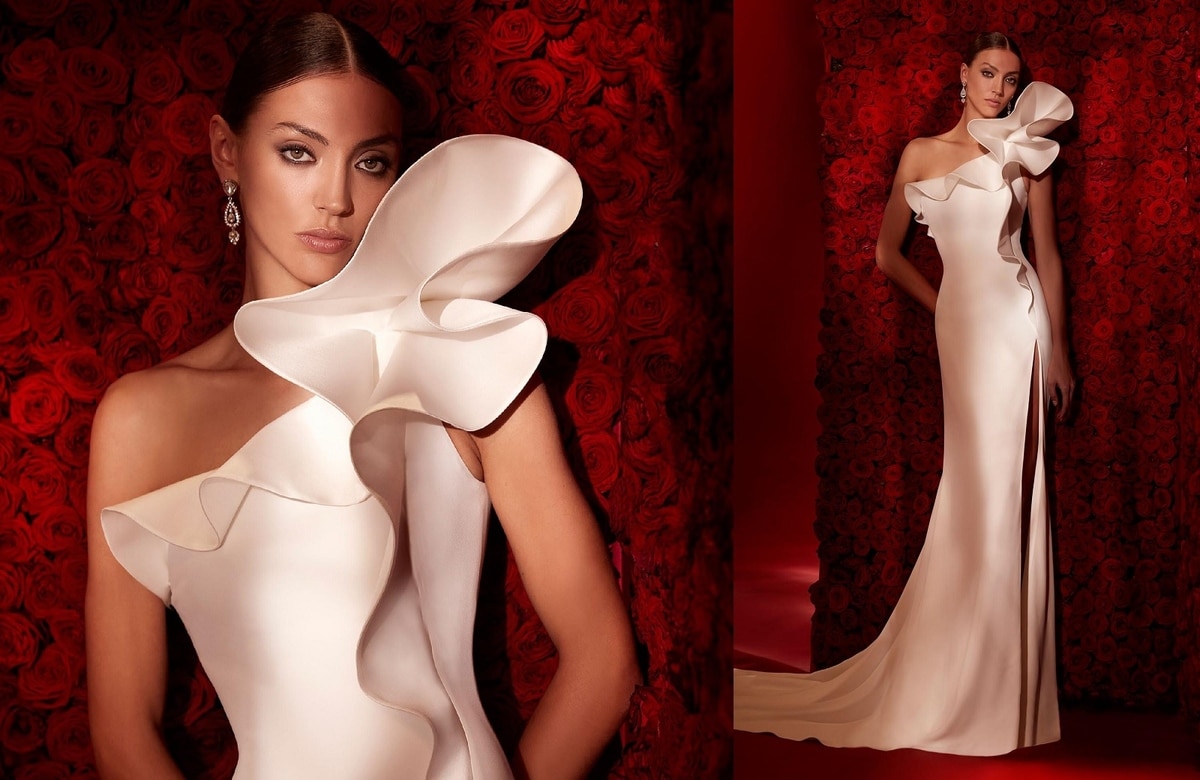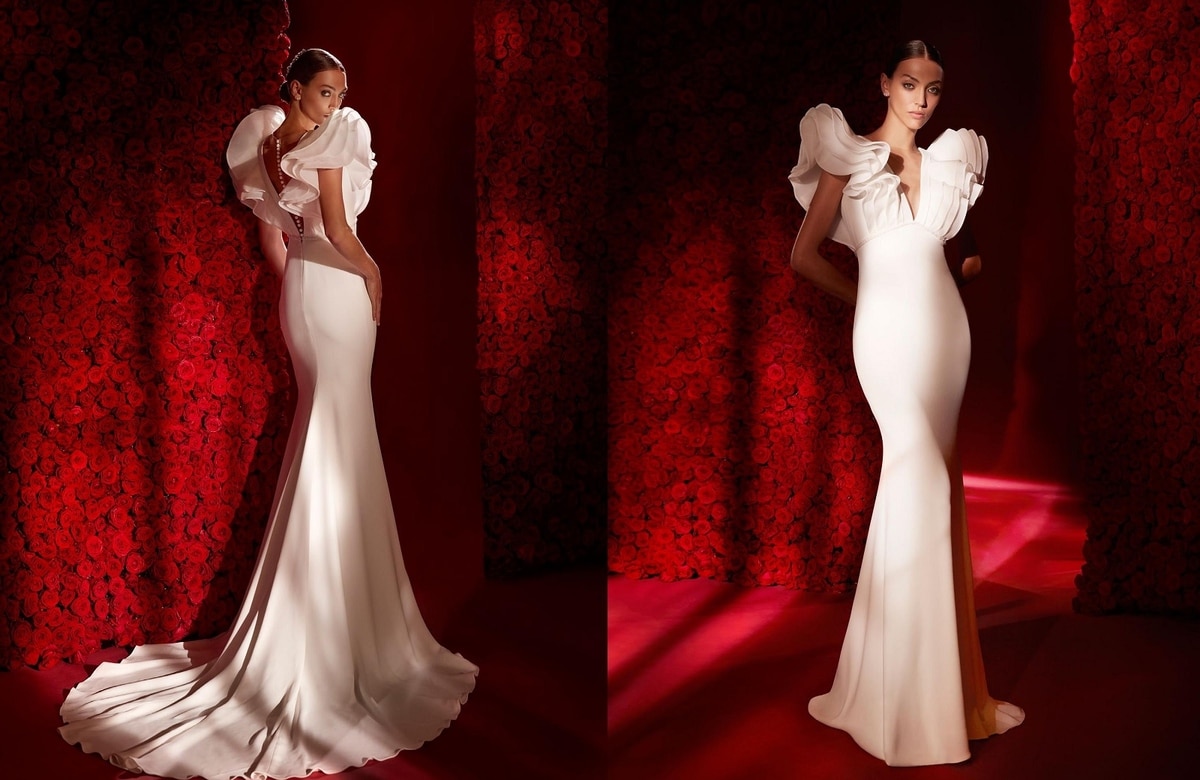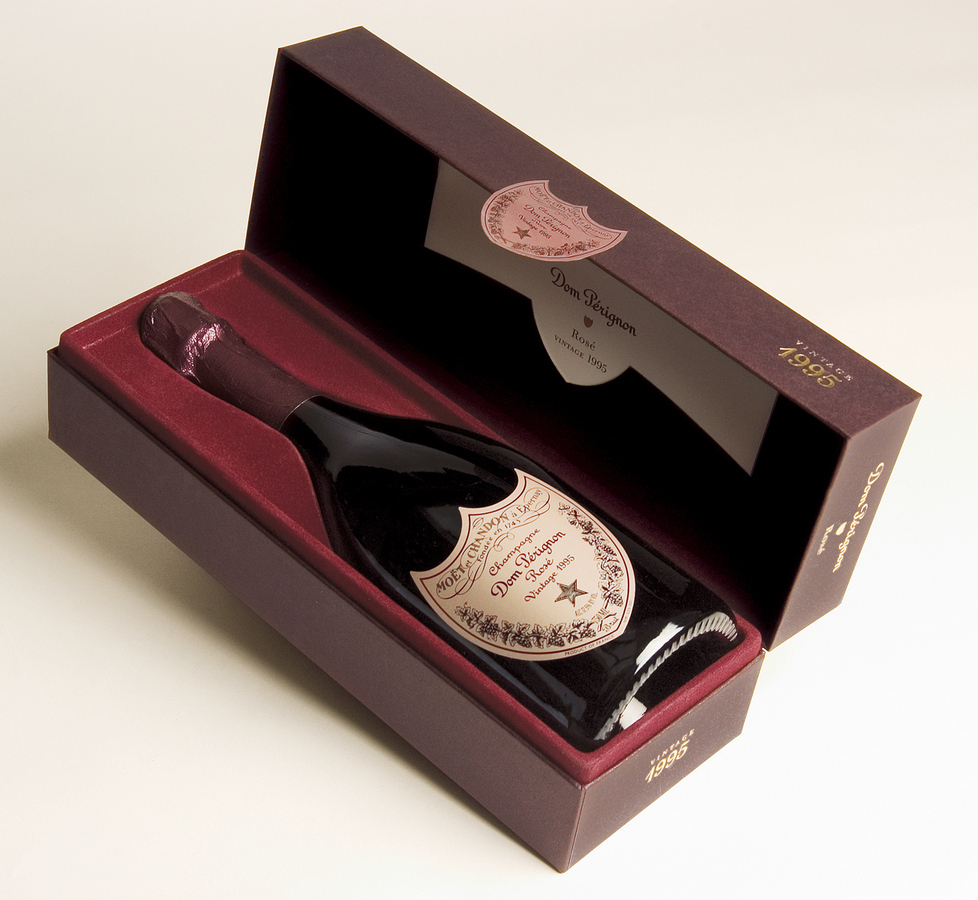
Wine has been a part of weddings since people first began celebrating the union of husband and wife. Jesus' first miracle was to turn water into wine for a young couple's wedding feast at Cana; Jewish couples celebrate their bond with the groom stepping on a wine glass to shouts of 'Mazel Tov!' (Good Luck!), and in the Shinto religion of Japan, weddings include a formal ceremony where sake is exchanged nine times between husband and wife. Even the word 'honeymoon' can be traced back to ancient European nuptial rites, when couples were encouraged to drink mead (honey wine) for a month after marriage, to promote fertility.
"Wine brings a sense of sophistication and classiness, as well as longstanding tradition, to a wedding," says master sommelier Andrea (Immer) Robinson. "People have been using wine to mark occasions for millennia."
Couples don't need a miracle to choose the best wines for their wedding, but it doesn't hurt to consult an expert, either. "There are two conflicting objectives: making it special and memorable, and making it work for a lot of people," says Robinson, host of the Fine Living Network's "Simply Wine with Andrea Immer" and a best-selling author of Great Wine Made Simple and Everyday Dining with Wine. Robinson advises couples to focus on "key grape varieties that are popular and reliable," such as Sauvignon Blanc and Chardonnay among the whites and Pinot Noir and Shiraz among the reds (see sidebar).
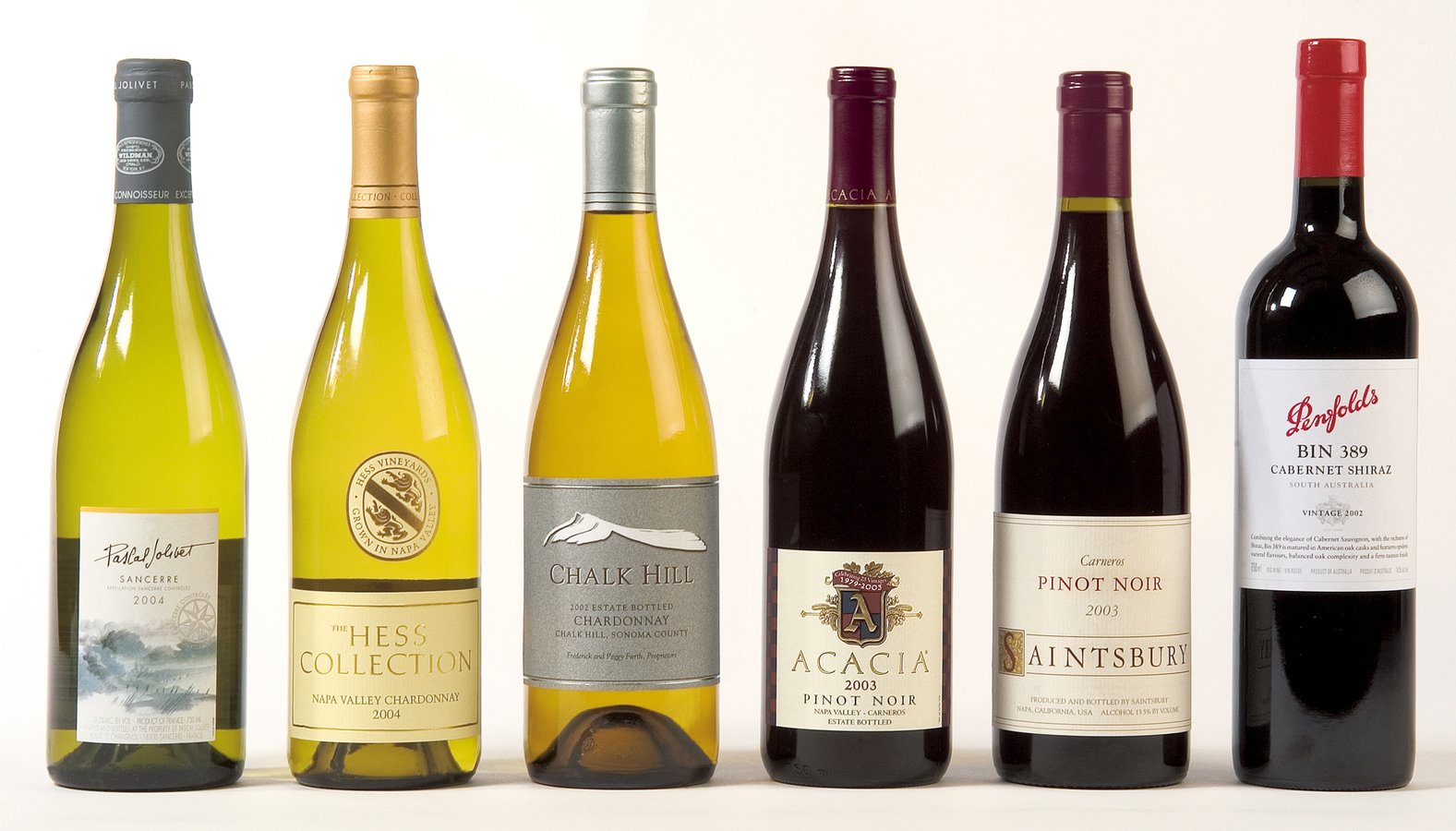
A wedding offers many opportunities to share your favorite wines with family and friends: stand-alone varieties that can be sipped during the cocktail hour, vintages carefully paired with dinner courses, a fine champagne or sparkling wine for the traditional toast, and ports and high-sugar dessert wines served at evening's end.
The food you serve in some measure will dictate your wine choices: while Chardonnay may go perfectly with mushroom ravioli or creamy soups, notes Robinson, Sauvignon Blanc would be a wiser choice for less-traditional entrees, such as Tex-Mex or Southwestern-influenced dishes. At her own August 2004 wedding in the Napa Valley, Robinson and her husband, John, served Perrier-Jouët Fleur de Champagne with passed hors d'oeuvres, Beringer Private Reserve Chardonnay with a lobster salad, and a Quintessa Cabernet blend with a main course of lamb.
A European-style cheese course is not only a sophisticated way to open your reception, but also a fine first opportunity to introduce guests to wines they may not have tried before. "The classic is still bleu cheese served with port," such as Cockburn's Anno 1998 (late-bottle vintage), says Robinson; a high-quality aged cheddar from Vermont works equally well.
The time of year you get married also plays a role in shaping your wine choices: a winter wedding fairly cries out for port and "more intense, full-bodied wines," says Robinson, while a chilled, dry, sparkling rose (offering "red wine's complexity but white wine's weight") or other lighter varieties are ideal for a springtime affair, "because the food is lighter."
Many couples only think about champagne when it comes time for the toast, but Robinson believes bubbly can complement almost any course, in any season. "It's a constant for me, because it is so festive," she says.
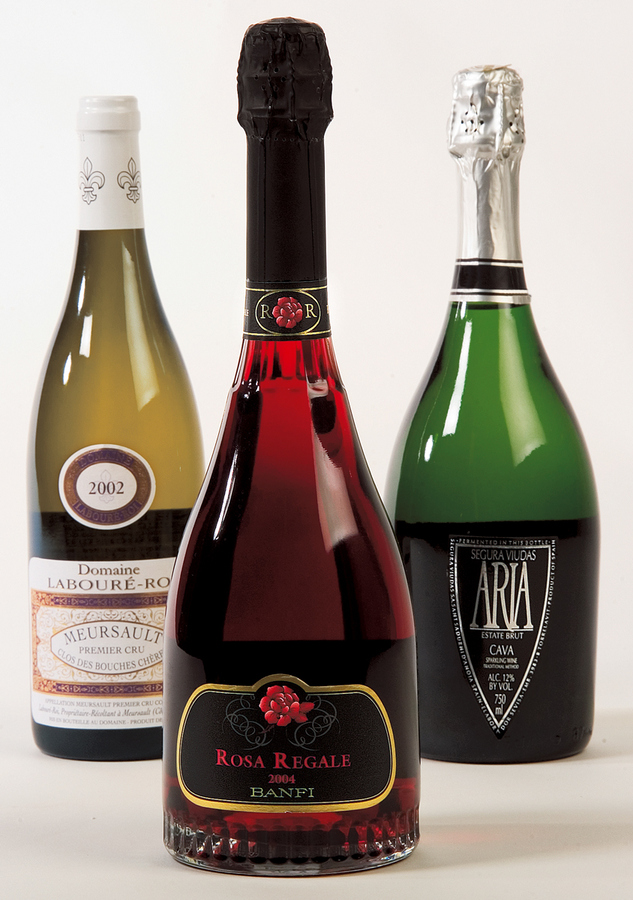
Off-dry, or demi-sec champagne or sparkling wine is usually a crowd-pleaser. "Most people like a touch of sweetness," explains Robinson. "People can enjoy it for the toast or on its own." If you simply must serve a classic dry (brut) French champagne at your wedding, Taittinger Brut La Francaise is "always great" says Robinson. Dom Pérignon remains the gold standard, of course.
At her wedding, Robinson served a demi-sec champagne along with her cake. "People were excited about getting something other than dessert," she recalls. A rich French Bordeaux from the Sauternes region, such as those produced by Chateau Suduiraut, makes the perfect complement to fresh fruit, white cake, or crème brulee, while for chocolate desserts, "it's port all the way," says Robinson.
Wine connoisseurs may blanch at the thought, but many people buy their wine based on the look of the bottle as much as for what's inside. For a wedding, Robinson says you'll ideally want a great-tasting wine that has a memorable bottle, too; examples include Banfi's Rosa Regale – a sparkling Brachetto in a faceted bottle ("beautiful and delicious," says Robinson) – or Rene Manuel's Les Bouches Cheres Meursault (a buttery Chardonnay whose name translates as "sweet kisses").
For under $10 per bottle, the sparkling Spanish Brut Cava 'Aria' "comes in an elegant package, and that's important for a wedding," adds Robinson. "You want it to be beautiful."
"Since ancient times, wine has been used to mark important moments," Robinson says. "It creates a lasting sensory memory, and a way to carry your very first tradition, a special toast, with you into your future life together."
Even couples used to paying good money for great wine may think twice when buying by the case for their wedding; fortunately, says Robinson, there are fine choices whether you want to spend $10 a bottle or $150.
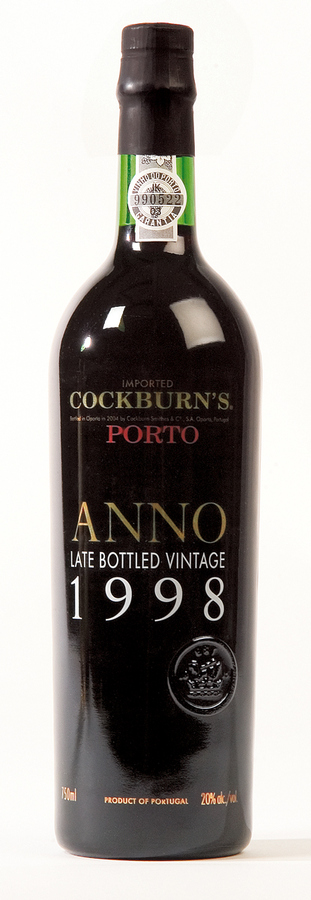
For example, she says, Chilean Sauvignon Blancs are equal in quality to California's, but with a lower price tag; Veramonte is a good producer. Among the Chardonnays, Washington State's Columbia Crest (Grand Estate) and Hogue Cellars make excellent wines in the under-$15 price range, and Robinson also recommends the Solaris Pinot Noir from California's Central Coast and the Rosemont Diamond Shiraz from Australia.
In the middle price range, Robinson says that Sauvignon Blancs from the Loire Valley in France, such as the Pascal Jolivet Sancerre, are "elegant and classy." The best Chardonnays come from California, including vintages offered by The Hess Collection and Chalk Hill. Acacia Vineyard, in the Carneros region of the Napa Valley, makes an excellent Pinot Noir, as does Saintsbury Vineyard, while the Penfolds' Bin 389 Cabernet Shiraz blend is a personal favorite of Robinson's.
"Serve it at your wedding and put aside a couple of cases for yourselves, then drink it over the next 10 years and see how it ages," she recommends.
High-end choices recommended by Robinson include the Talbott Diamond T Chardonnay from Monterey, California, (the Château Villa Bel Air Blanc (a blend of Sauvignon Blanc, Semillon, and Muscadelle) from the Graves region of Bordeaux) Chateau de Fieuzal Sauvignon Blanc…, Talley Vineyards' Rincon Pinot Noir (from the central coast of California), and the RWT Shiraz from Penfolds Vineyards, located in Australia's Barossa Valley.
At her recent wedding, master sommelier Andrea Robinson and her husband gave Riedel "Ouverture" wine glasses as favors, with the couple's name written on the foot of the glass in gold ink. Robinson says that couples who want to serve a paired wine dinner at their wedding need to make sure that their caterer or reception venue have the proper glasses on hand for serving red, white, sparkling, and dessert wines – or be ready to supply the proper glassware themselves. The concern is practical as well as cosmetic: red-wine glasses are designed to showcase the bouquet, while champagne glasses have a narrow opening to ensure that they don't lose their "fizz" too quickly – a common problem with stylish but inappropriate "coupe" style champagne glasses, says Robinson.

